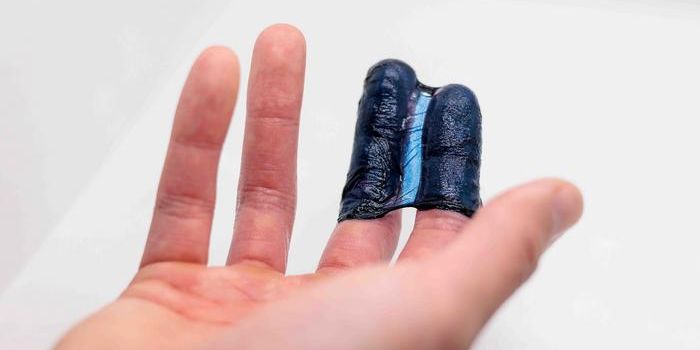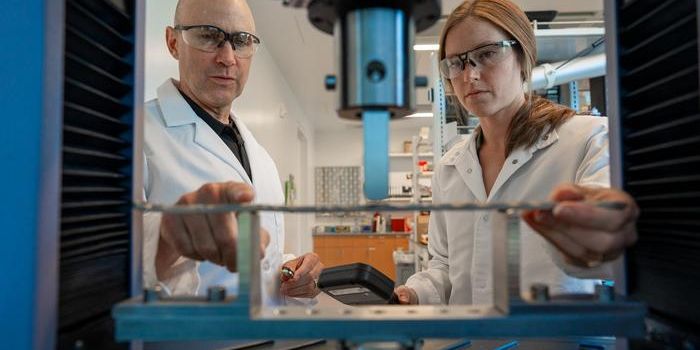Almost Half of College Female Athletes Have High Blood Pressure
According to the World Health Organization (WHO) an estimated 1.13 billion people worldwide have hypertension, or high blood pressure, which is a major cause of early death. As of 2015, 1 in 4 men and 1 in 5 women had hypertension. The WHO estimates that less than 60% people with hypertension have the problem under control.
According to a study presented by Dr. Cecil Rambarat et al. at the virtual American College of Cardiology Scientific Sessions in March, nearly half of the women who play National Collegiate Athletic Association (NCAA) Division I sports had elevated blood pressure or stage I or stage II hypertension. The researchers found that the athlete’s body surface area had a relatively strong correlation with elevated blood pressure. They also found no significant correlation between elevated blood pressure and race.
The researchers of the study analyzed the medical data of 329 female Division I athletes from the University of Florida, Gainesville, and the University of Georgia. They found that 47% of participants had blood pressure levels that were above average. For the athletes with above-average blood pressure, the statistics were:
- 61% had elevated blood pressure (systolic blood pressure 120-129 mm Hg)
- 38% had stage I hypertension (systolic blood pressure 130-139 mm Hg)
- 1% had stage II hypertension (systolic blood pressure > 140 mm Hg)
Which sports had the highest prevalence of high blood pressure? Well, the researchers found that abnormal blood pressure was most common among women who played softball, and women who did gymnastics were least likely to have elevated blood pressure. Here are some of the statistics on abnormal blood pressure for specific sports.
- 59% of softball players
- 49% of basketball players
- 49% of swimmers
- 0% of gymnasts
On the prevalence of elevated blood pressure in female college athletes:
“That’s really a remarkable proportion, given that these are young, supposedly healthy women,” says Rambarat in a press release. “It’s something that requires further study. If these female athletes are developing high blood pressure at a younger age — may be associated with their training, may be associated with other lifestyle measures — we may need to start thinking about better ways of modifying any identifiable risk factors.”
Sources: WHO, CDC, Healio.com









